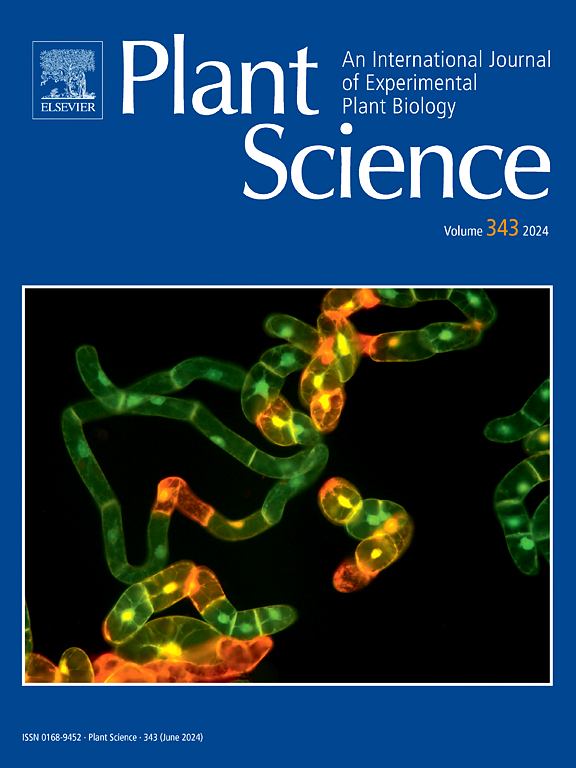Multifaceted role of selenium in plant physiology and stress resilience: A review
IF 4.2
2区 生物学
Q2 BIOCHEMISTRY & MOLECULAR BIOLOGY
引用次数: 0
Abstract
Selenium (Se) is a naturally occurring element in both seleniferous and non-seleniferous soils. Plants absorb Se in a variety of ways, mainly as selenate (SeO42-), selenite (SeO32-), and organic compounds such as selenomethionine (SeMet). Selenium significantly impacts plant growth, development, and stress responses. It is a trace element that regulates many physiological and biochemical functions in plants, acts as an antioxidant, and increases plant resistance to abiotic stresses such as heavy metal toxicity, salinity, drought, and severe temperatures. Its beneficial effects depend on the dose and vary depending on the plant species and the environmental conditions. Several functions of Se have been thoroughly discussed in this review, with special attention given to the mechanisms of Se uptake, transport, accumulation, and metabolism. Plants use Se through its assimilation into amino acids (mostly selenocysteine and selenomethionine) and integration into proteins. These processes might have different effects depending on the Se concentration. Furthermore, Se has the potential to be a useful tool in sustainable agriculture, especially in regions where environmental stress is common. This is demonstrated by its ability to increase plant tolerance to various environmental stressors. Recent research shows that Se supplementation not only boosts plant resistance but also enhances secondary metabolite accumulation. Overall, this review concludes that Se plays a dual role in plant systems, acting as both a nutrient and a stress mitigator, and provides opportunities to optimize its use in sustainable agriculture by tailoring Se supplementation to maximize plant tolerance and productivity.
求助全文
约1分钟内获得全文
求助全文
来源期刊

Plant Science
生物-生化与分子生物学
CiteScore
9.10
自引率
1.90%
发文量
322
审稿时长
33 days
期刊介绍:
Plant Science will publish in the minimum of time, research manuscripts as well as commissioned reviews and commentaries recommended by its referees in all areas of experimental plant biology with emphasis in the broad areas of genomics, proteomics, biochemistry (including enzymology), physiology, cell biology, development, genetics, functional plant breeding, systems biology and the interaction of plants with the environment.
Manuscripts for full consideration should be written concisely and essentially as a final report. The main criterion for publication is that the manuscript must contain original and significant insights that lead to a better understanding of fundamental plant biology. Papers centering on plant cell culture should be of interest to a wide audience and methods employed result in a substantial improvement over existing established techniques and approaches. Methods papers are welcome only when the technique(s) described is novel or provides a major advancement of established protocols.
 求助内容:
求助内容: 应助结果提醒方式:
应助结果提醒方式:


